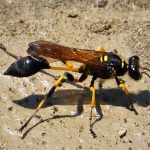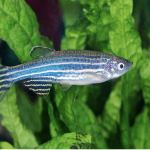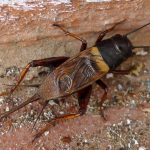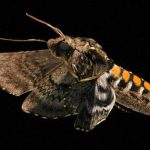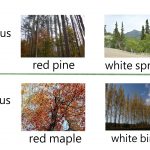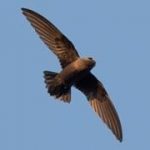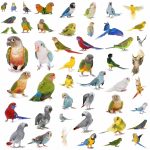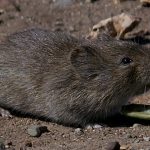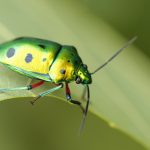This gallery contains 3 photos.
The world is crowded with different types of complex information – images that can be perceived differently depending on the types of light an animal is capable of perceiving, sounds that can be heard within a certain range of … Continue reading

